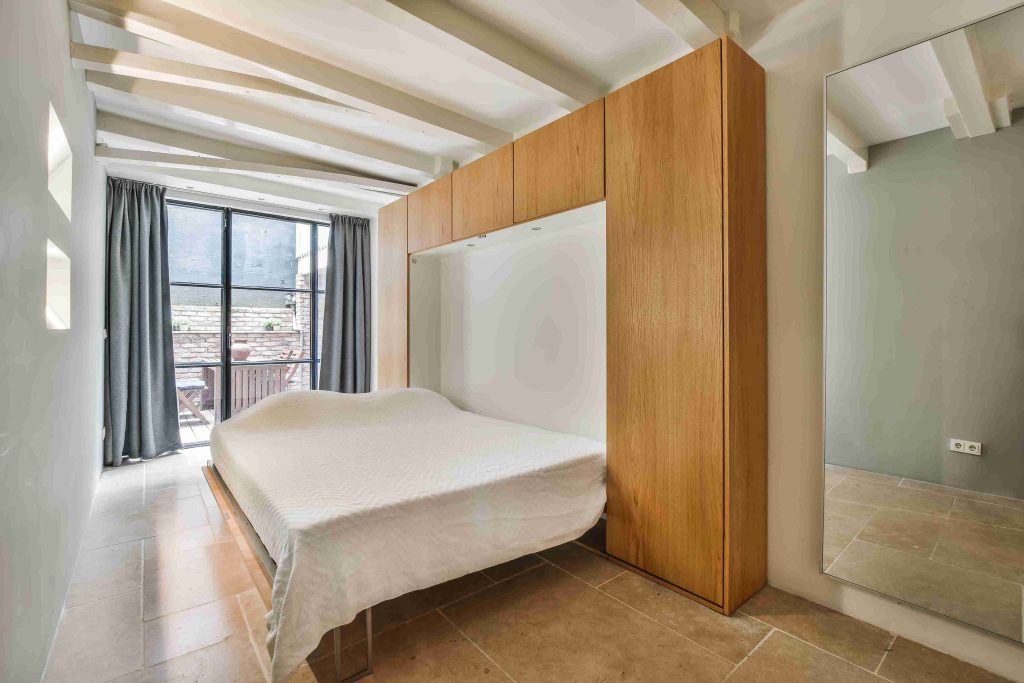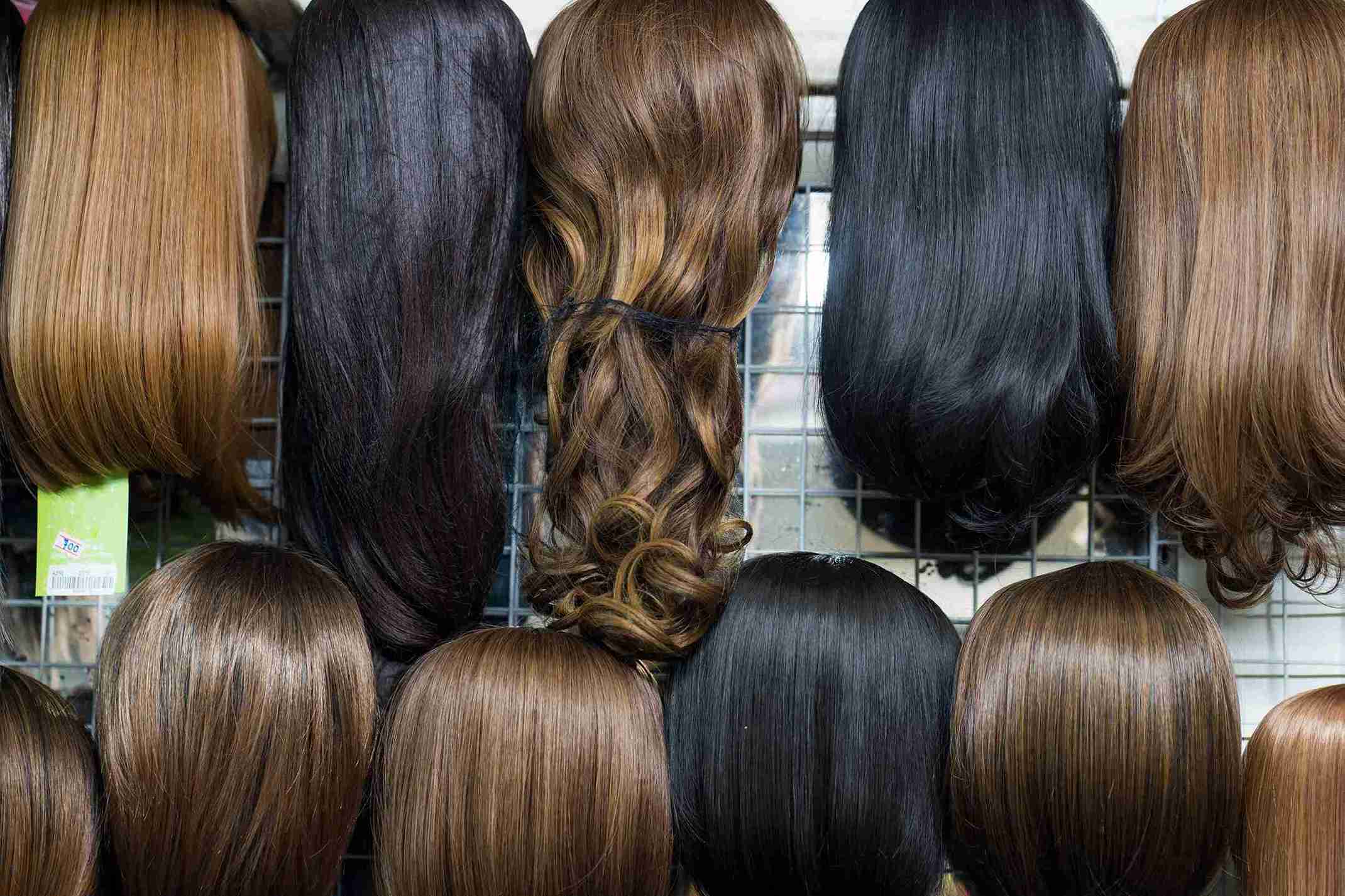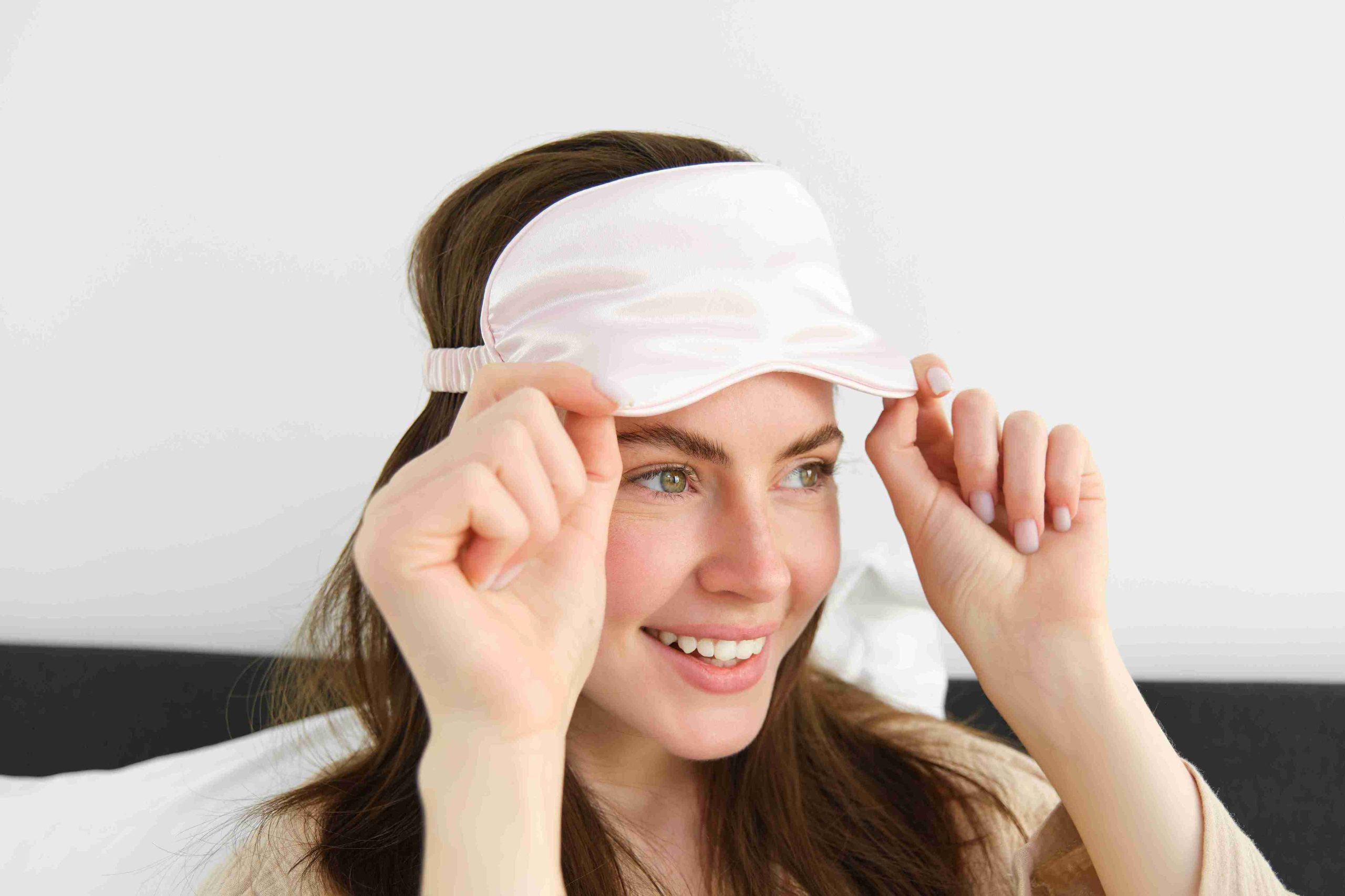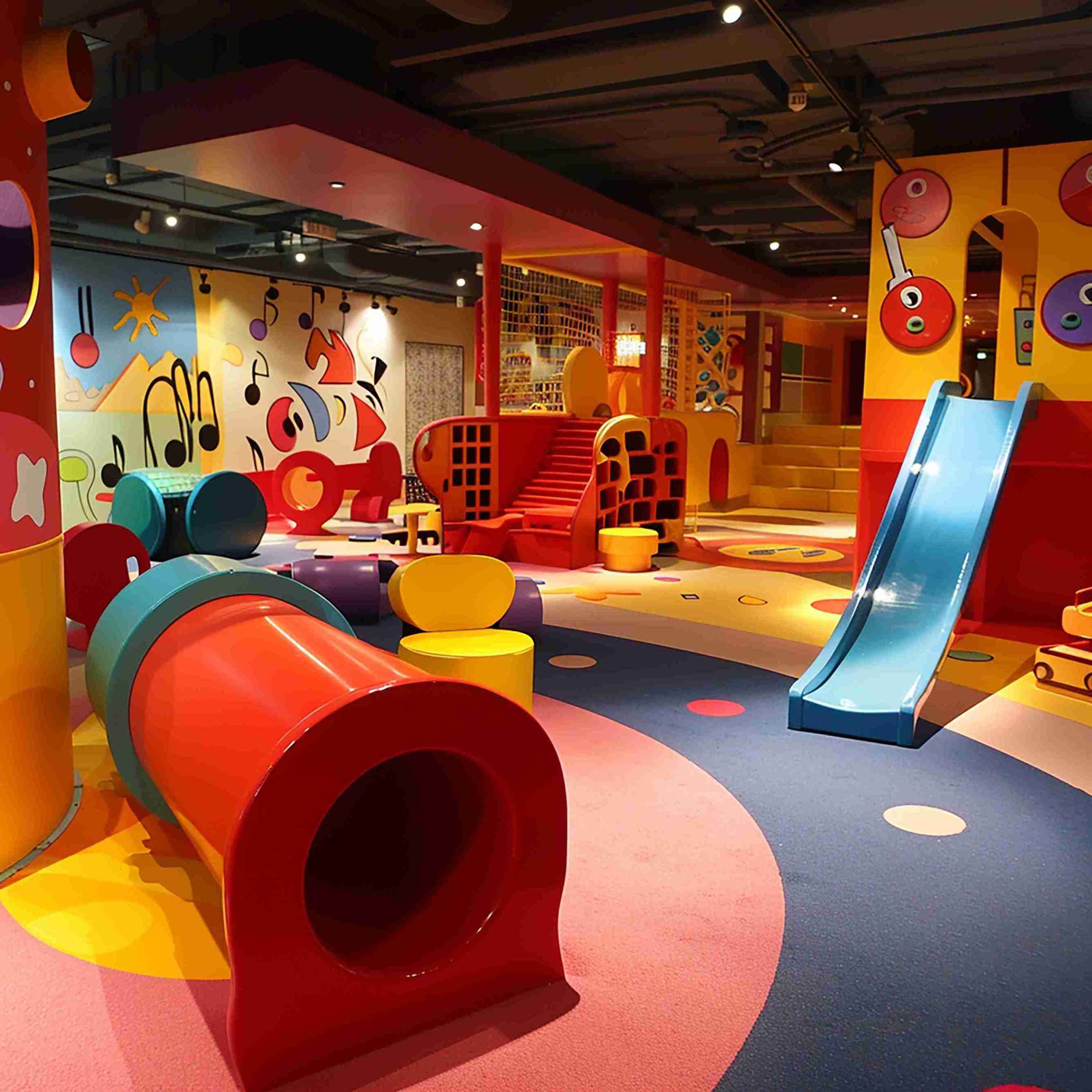In the contemporary urban environment, housing conditions are getting smaller. With major cities being overrun by high-rise apartments and micro-homes, there is an increased need for efficient and multi-purpose furniture. Contemporary consumers want interiors that would be able to adjust to their needs without sacrificing comfort or design. The move toward flexible living arrangements is not just a fad, but rather a reaction to the increasing space crunch, lifestyles and escalating real estate prices.
Among the most efficient space-saving solutions is the Murphy bed — a furniture innovation that combines mechanical engineering with modern aesthetics to meet the demands of contemporary living.
What Is a Murphy Bed and Why It Matters in Compact Living Spaces?
A Murphy bed, also known as a wall bed, is a foldable bed that can be vertically stored against a wall or inside a cabinet. First patented in the early 1900s, it was made to fully utilize the floor space of small apartments. What makes the Murphy bed relevant today is its perfect alignment with modern space-efficiency needs. It provides the luxury of a full size sleeping surface without taking up permanent space in studio apartments, dormitories and even in tiny homes.
It is good because of the smooth switch between the day and night usage. A room may serve as an office, gym and lounge during the day. It transforms easily to a comfortable sleeping space at night. This versatility is particularly significant in urban areas where space is a premium. Unlike traditional sofa beds or foldable cots, Murphy beds do not compromise on mattress quality, making them ideal for long-term daily use.
This is why architects, interior designers, and space-saving house owners still prefer them in the new construction and renovation projects due to their versatility.
Mechanical Engineering Behind the Murphy Bed: Safety, Balance, and Ease of Use
The modern Murphy bed is the product of careful mechanical engineering. The main part is a counterbalance mechanism which enables the user to raise and lower the bed frame with ease, usually using only one hand. A majority of systems utilize a mixture of torsion spring sets or piston-lift systems to obtain this capability. These parts are long lasting, and some are rated to more than 10,000 open-close operations.
Safety is of primary concern. Modern Murphy beds incorporate locking mechanisms to secure the frame in both upright and horizontal positions. Others have slow-fall systems to avoid sudden deployment, particularly in homes where there are children or older users. More complex designs can also be locked in part to suit different room structures or to avoid accidental closing.

The other important factor is ease of use. Today’s Murphy beds require minimal effort for transformation, making them accessible even for users with limited mobility. High-end models have motorised systems to provide full automation of deployment, frequently through remote or smartphone applications. Such sophistication can be achieved through the manufacturing precision, rigorous safety testing, and design with regard to torque, weight distribution, and stress points of materials.
Material Innovations and Customization Options in Modern Murphy Bed Designs:
The conventional metal frame and wood panel structure has undergone a lot of changes. Today’s Murphy bed designs use a mix of lightweight steel, engineered wood, and composite materials to optimize strength without adding bulk. In the effort to attract environmentally friendly customers, manufacturers have started using non-toxic adhesives, water-based laminates, and recycled MDF boards.
Another innovation sphere is customization. Murphy beds now come in various styles—ranging from sleek minimalist panels to fully integrated units with shelving, desks, or sofas. The customers are able to select finishes, upholstery and built-in lightings to suit the surrounding decor. Bookcases, wardrobe compartments, and fold-out desks are also integrated into one unit in order to make them as useful as possible.
Smart features integration is also making its way into the market. Some Murphy bed systems now include motion sensors, automatic lighting activation, and connectivity with smart home ecosystems. These advancements ensure that the Murphy bed is not only functional but also aligned with contemporary expectations for technology and personalization in furniture.
Applications in Residential, Commercial, and Modular Housing Environments:
While Murphy beds are best known in residential settings, their application has expanded significantly. They assist homeowners to reclaim valuable square footage in their urban apartments. They also find popularity in guest rooms so that the room can be used as a home office or study when the bed is not in use.
In the hospitality sector, especially boutique hotels and vacation rentals, Murphy beds provide flexible sleeping arrangements that accommodate varying guest needs without requiring larger rooms. They are also increasingly being used in mobile homes and RVs where space to utilize is a primary concern.
Modular housing developments, including prefabricated apartments and emergency housing units, increasingly feature Murphy beds as a space-efficient sleeping solution. In these applications, flexibility of folding the bed enables one space to be used in various ways, whether it is as a place to sleep, dine or work, which is critical in high density living or temporary living conditions.
Educational institutions and co-living arrangements are also adopting Murphy beds in student dormitories and shared spaces. The fact that a room can be easily transformed to serve two purposes: sleeping at night and studying during the day, is rather compatible with the practical demands of academic settings.
Conclusion:
The Murphy bed is far more than a relic of early 20th-century innovation; it is a highly relevant solution for today’s spatial challenges. It has been able to address the needs of the dynamic urban residents and commercial applications through its accurate engineering, quality material and its aesthetic adaptability. In an age where space is limited but expectations for comfort and functionality are high, Murphy beds offer a smart, reliable, and stylish response.
With living environments increasingly becoming smaller and multi-purpose, furniture needs to change to become flexible and durable. The Murphy bed stands out as a prime example of how thoughtful design and engineering can convert a simple concept into a long-term solution for modern life.




